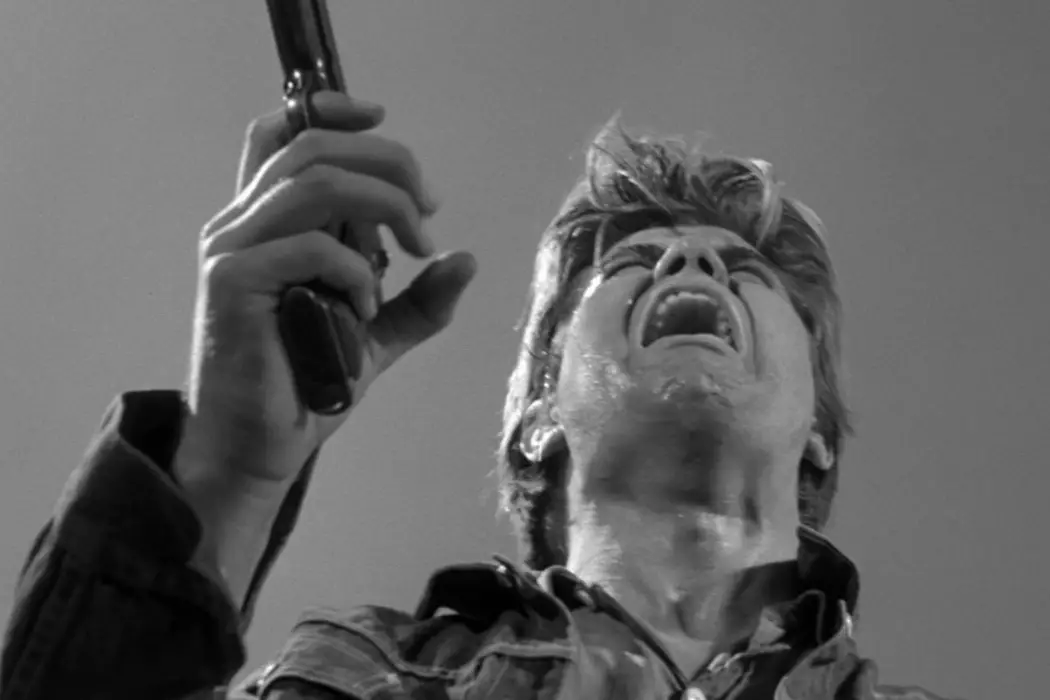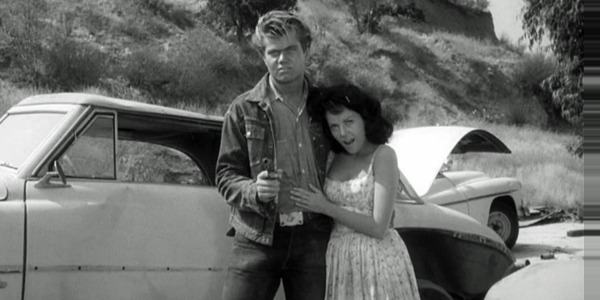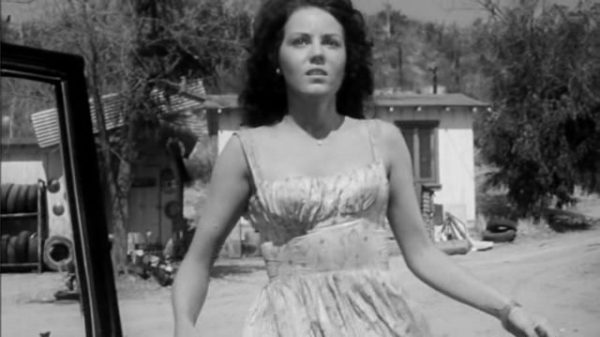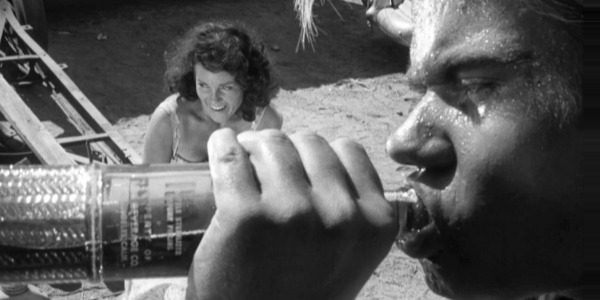Creating Tension With Limited Resources In THE SADIST

Zac Hestand earned a BA in Film from the University…
In an age of digital streaming, more entertainment than ever before is available through a few clicks. We have more access to movies now than in the days of video rental outlets. Unfortunately, there are occasional titles only available in physical media form, or in a very limited online capacity. Running the risk of getting lost in the never-ending web of zeros and ones.
Looking online, the movie is unavailable on Netflix and iTunes, but fortunately, it can be found to purchase on Amazon (DVD copy) and to watch in its entirety on YouTube (better watch it before it’s taken down) and for rent, but not purchase, digitally on Amazon. The film in question is The Sadist, a criminally overlooked gem that turns 55 this year, and needs to be on more peoples’ radars. Not just me and Joe Dante.
I first discovered this movie on TCM Underground, a weekly program on the Turner Classic Movies channel that specializes in B-movie, grindhouse and obscure genre titles. The Sadist captivated me from beginning to end, impressive for a movie mostly shot in a single location and centered on just five characters. What makes the movie so engaging, besides its lead character, is its use of space to create tension.
Real Life Inspiration
The Sadist centers on Charlie Tibbs (Arch Hall Jr.) and his girlfriend, Judy (Marilyn Manning) as they rob and hold hostage three high school teachers at a gas station in a small California town. As Charlie holds a gun on them, we hear from a car radio that several murders took place, with the killers matching the description of Charlie and Judy. The teachers are terrified even more, as is the audience. According to IMDB, Charlie and Judy are loosely inspired by real killers.

Charlie and Judy are loosely inspired by the killers Charles Starkweather and Caril Fugate, two teenagers who went on a killing spree in the 1950’s Midwest. They ended up murdering eleven people until they were finally caught by authorities. Starkweather received the death penalty via electric chair. Their story not only inspired The Sadist, but also the films Badlands and Natural Born Killers.
The inspired by real people assists in building tension. Aware audience members know the real counterparts committed awful acts, which might be replicated onscreen. The question is, when will the killing occur? That anticipation of what might happen keeps viewers interested on the possible outcomes of these hostages.
Feeling Of Isolation
The three teachers that get held hostage are on their way to see a Dodger game, and need to stop at a service station for gas and some minor repairs. To make matters worse, this gas station is located in some desolate town with barely any sign of life. This isolated space is a key point in building tension.

With no other people around, their cries for help are useless. If Charlie fires his gun, no one will call the police or check the problem out themselves. You would think that the owner of the establishment would do something, but Charlie killed him prior to taking hostages.
The trio is also unable to communicate with the outside world. Given this was made before cell phones, it makes sense. However, this can be remade (please don’t) today and use a line of dialogue that explains a dead battery or no wi-fi for the inability to communicate. As an audience, we keep waiting for the possibility of someone showing up.
Camerawork, Staging And Sound
This is a B-movie, grindhouse pic and quickly made thriller. The budget is low, the actors mostly unknown and to keep with the definition of grindhouse, it’s an exploitation film. The issue it is attempting to exploit is a teenager gone wild/uncontrollable youth that older generations felt toward the first rock and roll generation. What sets The Sadist apart from the many other ‘Teen Exploitation’ movies is its technical side.

This is surprisingly a well-shot movie. The Cinematography is done by Vilmos Zsigmond (credited here as William Zsigmond), who would go on to be the DP for Deliverance, The Deer Hunter and Close Encounters of the Third Kind. For his first American feature, the film is shot in black and white to create its pessimistic mood. Color would not be an appropriate choice for this story. Also, the camera creates many close-ups and keeps the shots fairly tight to make the space claustrophobic, making a tense atmosphere.
Use of sound in this film is enhanced by the use of the gun and the radio. To keep the verisimilitude of fear, the gun is not a prop, but a real gun with real bullets. A real gun is very loud, and fear from the actors is more convincing. The car radio occasionally broadcasts the Dodger game, juxtaposing the sounds of families having a good time in the crowd, and the detachment of our five characters in this gas station.
In terms of staging, the actors make use of what’s around them. In theatre, there is an expression called ‘stage business’, where actors engage in an activity (setting a dinner table, tying their shoes etc) to avoid just standing around reciting lines. They bring this theatre practice for the camera. The characters treat wounds, attempt to fix the car, run around, try to get the gun and Charlie even does a death threat involving the use of a soda bottle (watch it to find out).
The Sadist: Final Thoughts
On a personal note, I consider this one of my favorite movies. I’m fascinated by the uses of space in Horror and Thrillers, and how filmmakers use that tightness to create terror. It makes The Sadist like Halloween (1978 version) for me. A movie I see at least once a year, discover new things about it and still get entertained by it.
The film’s use of space and confidence in the technical aspects of film production makes this a solid, and unforgettable, thriller done on a shoestring budget. If that isn’t enough, the movie’s tight 90 minute run time keeps the pace going and does not leave a dull moment. Other thrillers take note, this is how it’s done.
Have you seen The Sadist? What is a near forgotten movie you wish more people knew about? Please comment below.
Does content like this matter to you?
Become a Member and support film journalism. Unlock access to all of Film Inquiry`s great articles. Join a community of like-minded readers who are passionate about cinema - get access to our private members Network, give back to independent filmmakers, and more.
Zac Hestand earned a BA in Film from the University of Nevada Las Vegas, and MA in English from the University of Sheffield. He is currently at work on his first book.













